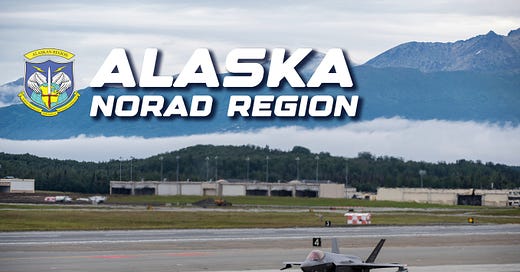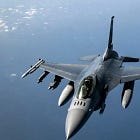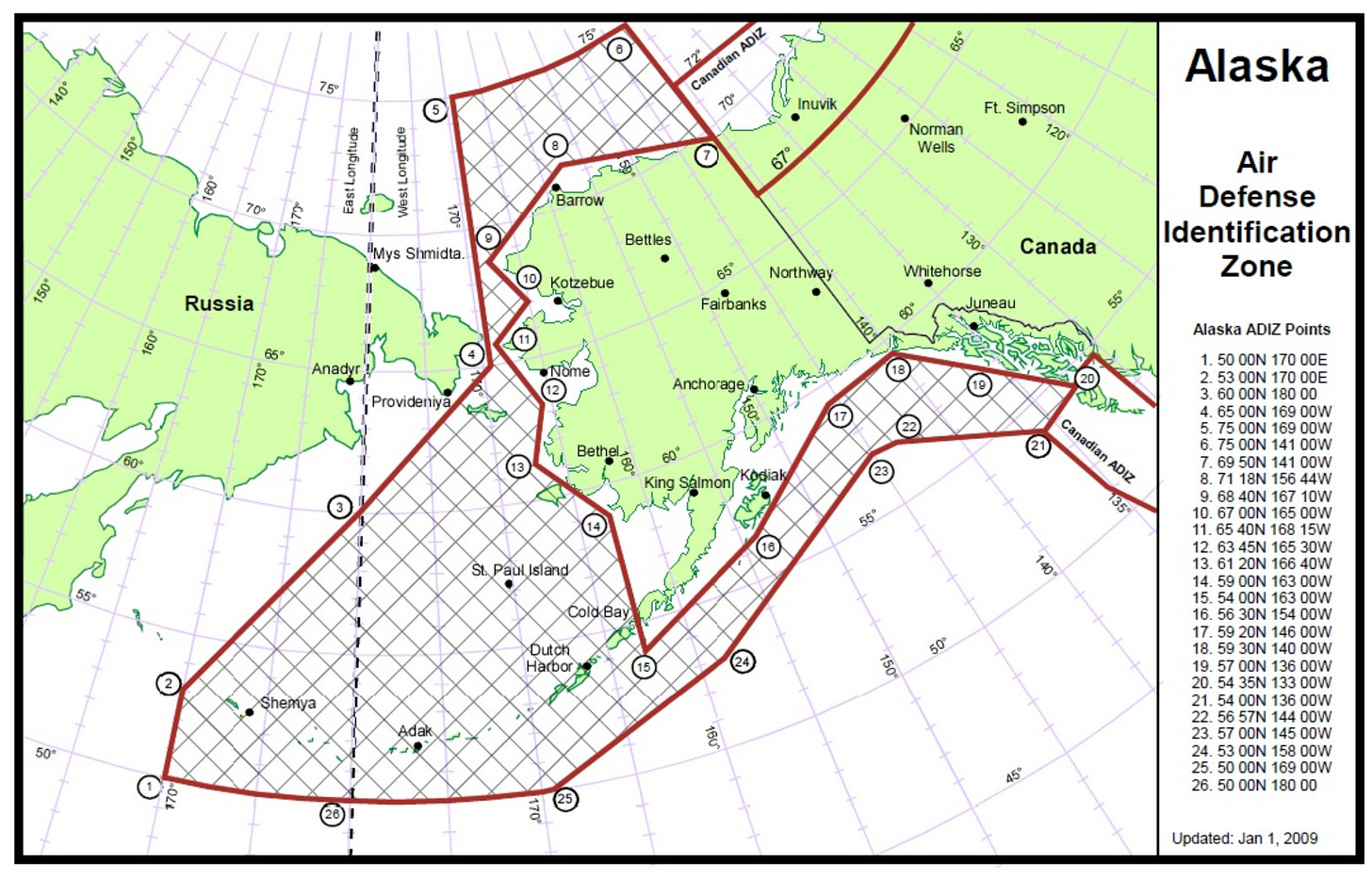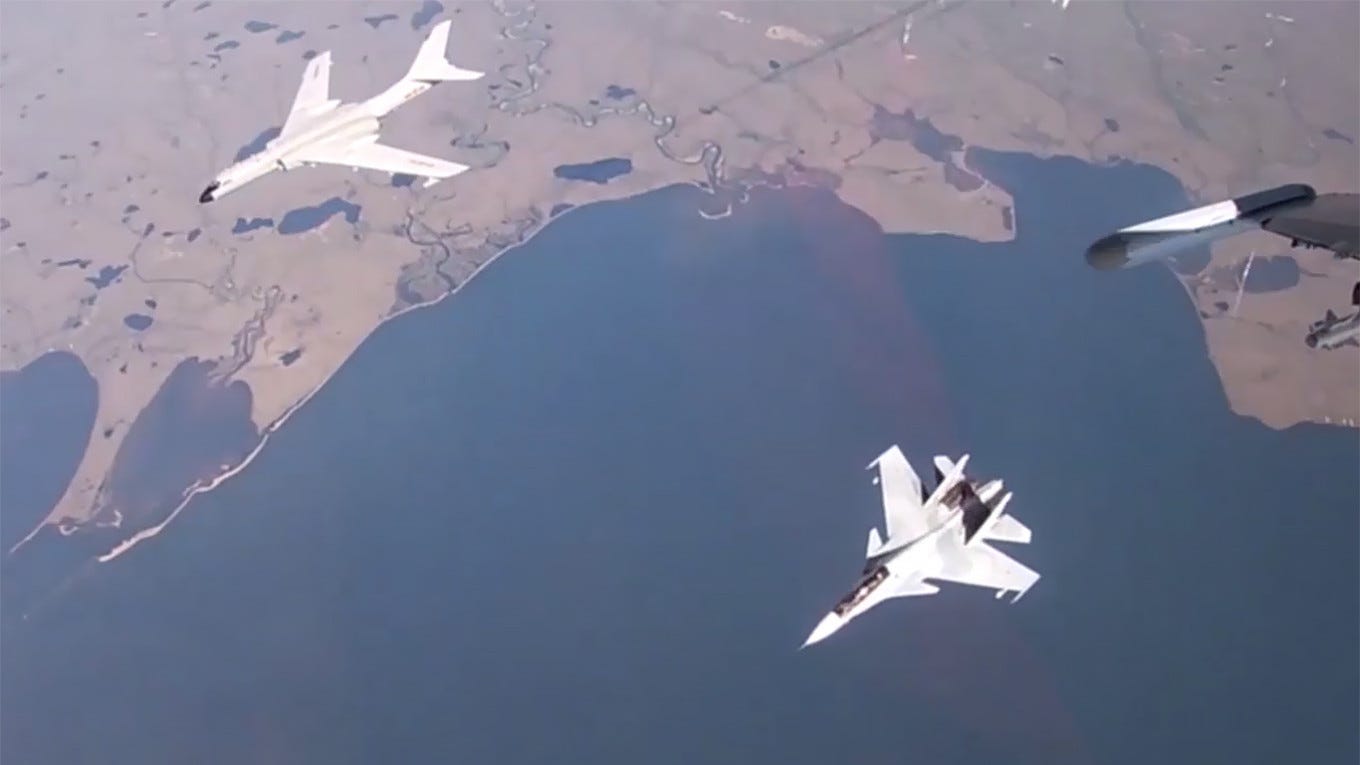NORAD detects and tracks Russian aircraft operating in the Alaskan ADIZ, China Set To Increase Flights Around Alaska
NORTHCOM Commander: "I do think that [China will] increase their presence both independently and as well as increased cooperation with the Russians in the air, in the maritime, and undersea."
ALASKA - The North American Aerospace Defense Command (NORAD) has detected and tracked Russian aircraft operating in the Alaskan Air Defense Identification Zone (ADIZ) as the commander of U.S. Northern Command (NORTHCOM) Air Force Gen. Gregory M. Guillot said on February 13th that China will be also increasing its presence jointly with Russia near Alaska.

Chinese Military Activity Around Taiwan Intensifies After Canadian, US Naval Vessels Transit Strait
The Air Force General said days ago to the Senate Armed Services Committee, "I do think that [China will] increase their presence both independently and as well as increased cooperation with the Russians in the air, in the maritime, and undersea."
“Their transfer of weapons, military technology, and basing access is cause for significant concern,” Guillot said, and added, "What I worry about the most is that instead of just weapons and technology, that they will trade [basing] access, which would shorten our timelines to react to either country’s military capabilities."
In addition to military aircraft operating around Alaska, the General said he is also concerned about naval activity by China near Alaska, adding that this activity is also on the increase by the Chinese Communist Party.
“The growing cooperation between China, Russia, North Korea, and Iran to challenge the United States” has “direct implications for homeland defense,” he said.
Regarding Russian activity around Alaska, Guillot said "We’ve also seen an increase in air patrols on the eastern side, what we call the two o’clock approach through the Greenland and Iceland Gap towards Maine and the northeast portion of the United States."
“I’m certainly concerned by that. And I would expect the numbers on both sides of our coast to increase in the coming year.”










